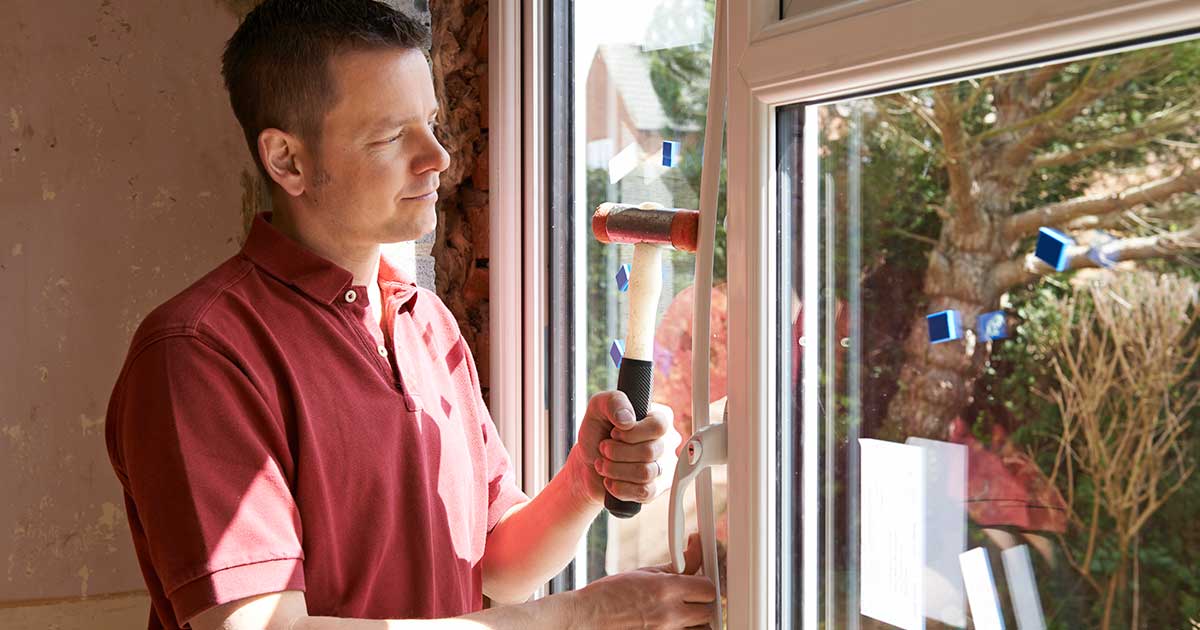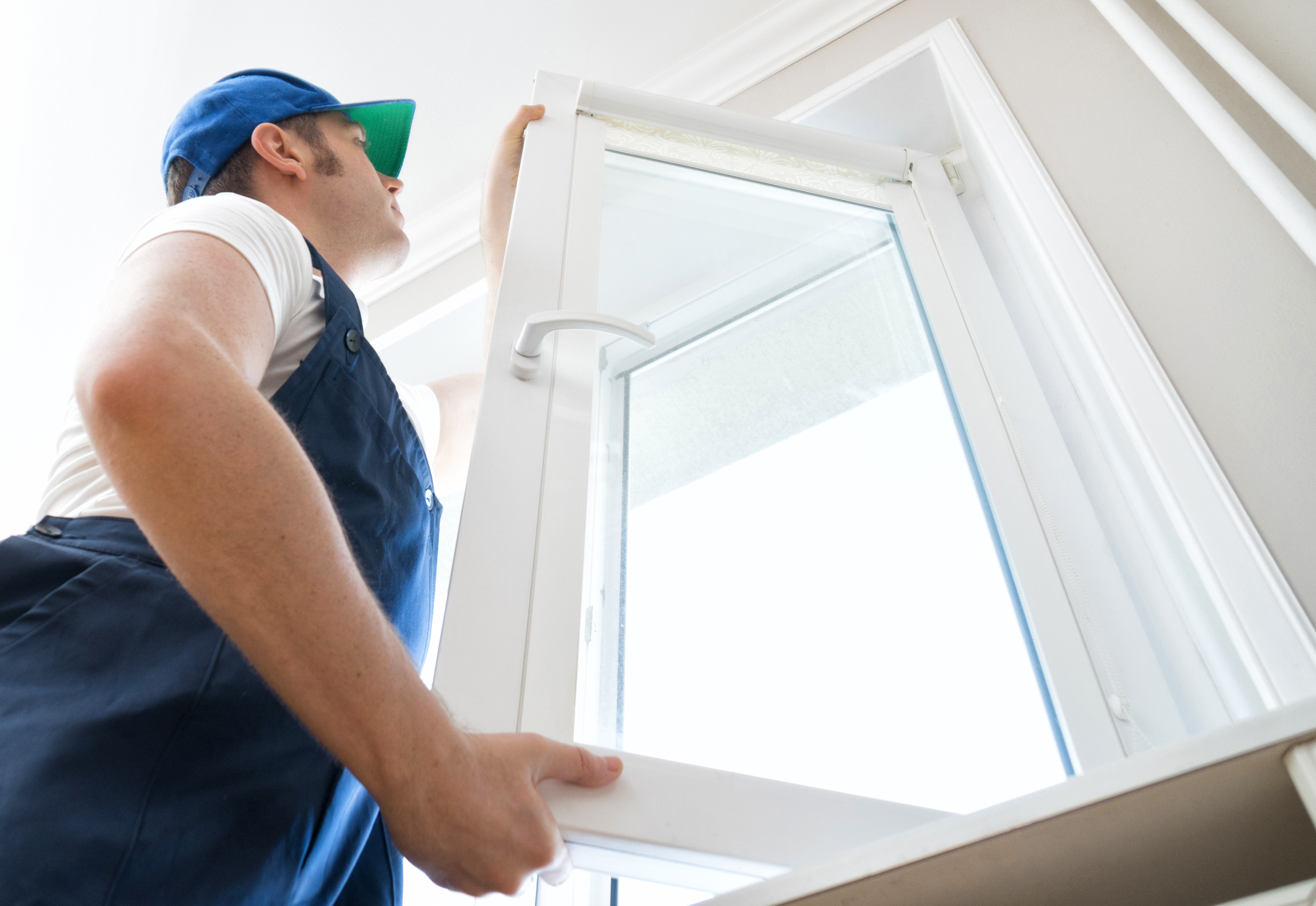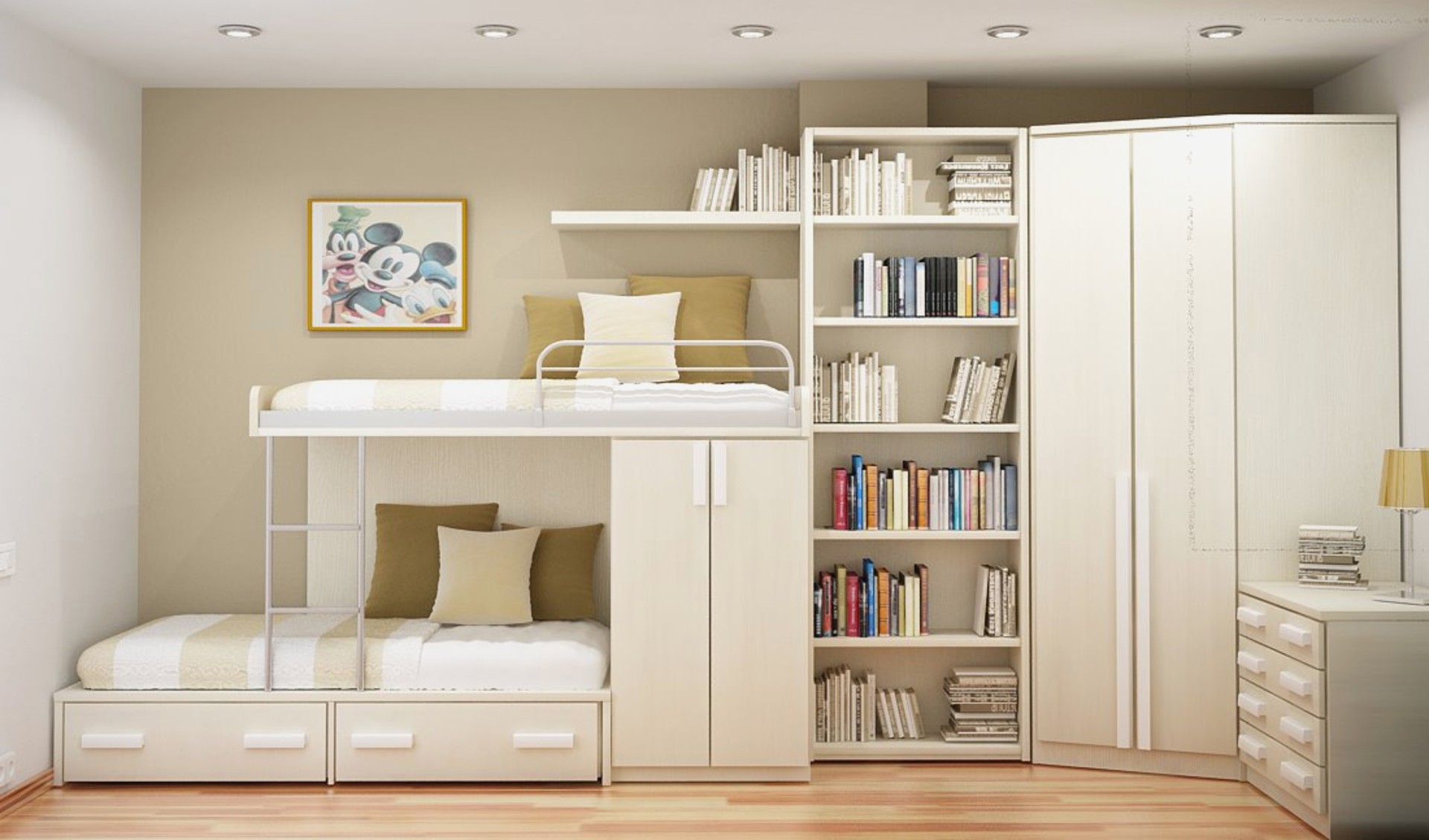
Low-emissivity glass, commonly known as glass low-E, controls heat transmission through insulated windows, lowering energy loss by 30% to 50%. It does this by incorporating a microscopically thin, nearly undetectable metal or metallic oxide layer into the glazing surface. Unexpected issues have developed when more low-E windows are put into use. Energy-conscious customers and energy-audit inspectors may both gain from learning more about these energy-efficient windows and the benefits and drawbacks that come with them.
What Does Low E Glass Mean?
Low E refers to glass that has a unique coating that reflects long wave radiation, considerably lowering the pace at which heat escapes through your windows. Low E glass windows stands for low emissivity. Since the coating is so translucent and thin, it has no visible impact on your windows. You’ll notice that the inside temperature of your home remains cozy and steady.
Benefits of the Design
In order to limit heat from entering the house in warm areas and from fleeing the house to the outside in colder climates, low-E glass uses a super-thin coating that aids to decrease the flow of heat through the window. Usually, multi-pane windows with argon gas fills employ the low-E windows coating. Argon is an inert gas that is non-toxic, colorless, and odorless and has a better barrier to heat flow than air. The low-E coating is placed to the outer layer of the glass in hotter areas with east- or west-facing windows to assist keep the heat out. It is used on the inner layer to trap heat in colder locations where heating is more prevalent.
In hotter areas where windows with a low solar heat-gain coefficient (SHGC) are most effective, installing low-E windows can result in substantial energy efficiency and savings.
Problems With Low E Glass Windows

The following are some of the most typical issues with low-e glass that individuals run into:
When seen in bright sunlight or when placed against a dark background, it appears as a gray haze. Up until the perfect circumstances, it’s not as obvious. It is then difficult to miss. A home may appear strange if it has a mixture of low-e glass windows and conventional single-pane windows.
The glass seems less clear because it reflects more color, giving the impression that it is filthy when it is not. Maintaining the visual appeal of home for onlookers is a modest price to pay. If cleaning windows that are dirty makes you angry, washing windows that aren’t dirty will make you angry even more.
As a result of warping, it harms siding. Every householder top objective is to guard against unneeded wear and strain on my house. It’s difficult to replace siding. It has occasionally happened that siding has been heated to the point of melting by the light that low-e windows reflect.
Plants die because they can’t maintain a sufficient level of moisture. If you enjoy gardening and you are aware that for plants to flourish, sunshine must be abundant. Nevertheless, there is such a thing as excess. You may anticipate having a dried-out garden that doesn’t produce effectively since it’s too dry to do so if it’s not situated in a shadier area of the yard.


